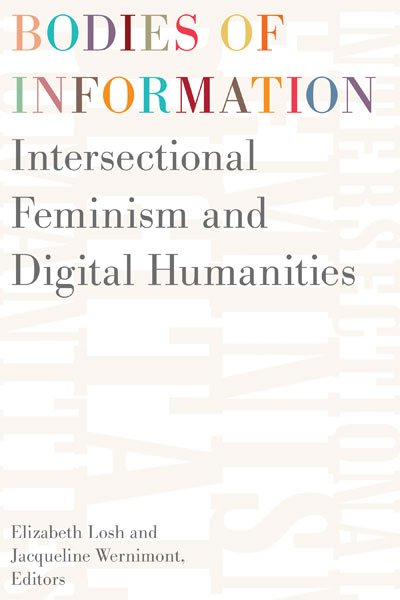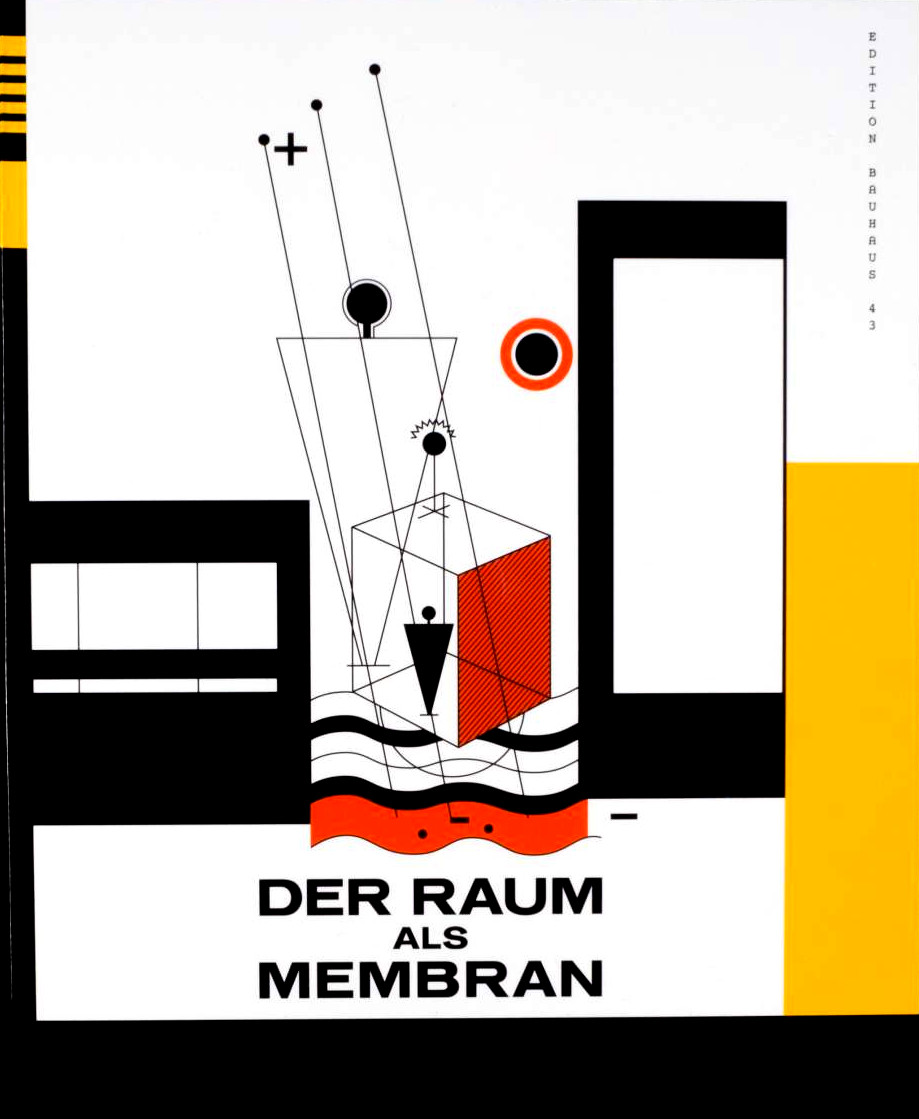Glass Bead, 3: Site 2: Dark Room: Somatic Reason and Synthetic Eros (2019) [EN, FR, JP]
Filed under journal | Tags: · body, eroticism, love, reproduction, sex, thinking

“This issue, produced in the framework of Okayama Art Summit 2019 (‘IF THE SNAKE’, curated by Pierre Huyghe, September 27 – November 24 2019, Japan), focuses on the concrete conditions of embodied thought. From the assessment of historical attempts at grounding critique in the body to the exploration of contemporary issues surrounding situated knowledge, from the analysis of the aesthetic and political economy at play in the encounter with advanced human-like sex robotics to the ways in which algorithms are transforming our sense of intimate relationships, and from the ways in which cruising practices subvert dominant discourses on architecture and the city to the libidinal economy at work in specific art forms, the contributions gathered in this issue navigate the fault line that articulates erotics and rationality.
‘Site 2. Dark Room: Somatic Reason and Synthetic Eros’ contends that contemporary upheavals concerning love, sex and reproduction are not mere side issues that can be safely dealt with in various already existing discursive regimes (e.g. biology, psychology, identity politics) but crucial transformative vectors for developing a renewed understanding of transdisciplinary reason.
The publication of this issue will be spanned across the duration of the triennial, with one new contribution uploaded every week.
With contributions by Adam Berg (artist, writer), Louis Chude-Sokei (writer), Cruising Pavilion (curatorial collective), Sally Haslanger (philosopher), Anna Longo (philosopher), Alexandra Hedako Mason (researcher), Matthew Poole (writer), Patricia Reed (artist, writer), Oli Surel (writer), and Three Billions of Perverts (archival material).”
Publisher Glass Bead, September-November 2019
HTML, PDFs (English)
HTML, PDFs (French)
PDFs (Japanese, added on 2020-1-15)
See also Issue 2
Elizabeth Losh, Jacqueline Wernimont (eds.): Bodies of Information: Intersectional Feminism and Digital Humanities (2018)
Filed under book | Tags: · affect, body, digital humanities, feminism, intersectionality, labour, materiality, new materialism, ubiquitous computing

“In recent years, the digital humanities has been shaken by important debates about inclusivity and scope—but what change will these conversations ultimately bring about? Can the digital humanities complicate the basic assumptions of tech culture, or will this body of scholarship and practices simply reinforce preexisting biases? Bodies of Information addresses this question by assembling a varied group of voices, showcasing feminist contributions to a panoply of topics, including ubiquitous computing, game studies, new materialisms, and cultural phenomena like hashtag activism, hacktivism, and campaigns against online misogyny.”
Contributors: Babalola Titilola Aiyegbusi, Moya Bailey, Bridget Blodgett, Barbara Bordalejo, Jason Boyd, Christina Boyles, Susan Brown, Lisa Brundage, micha cárdenas, Marcia Chatelain, Danielle Cole, Beth Coleman, T. L. Cowan, Constance Crompton, Amy E. Earhart, Nickoal Eichmann-Kalwara, Julia Flanders, Sandra Gabriele, Brian Getnick, Karen Gregory, Alison Hedley, Kathryn Holland, James Howe, Jeana Jorgensen, Alexandra Juhasz, Dorothy Kim, Kimberly Knight, Lorraine Janzen Kooistra, Sharon M. Leon, Izetta Autumn Mobley, Padmini Ray Murray, Veronica Paredes, Roopika Risam, Bonnie Ruberg, Laila Shereen Sakr, Anastasia Salter, Michelle Schwartz, Emily Sherwood, Deb Verhoeven, Scott B. Weingart.
Publisher University of Minnesota Press, 2018
Debates in the Digital Humanities series, 4
Open Access
ISBN 9781517906108, 1517906105
xxv+491 pages
Siegfried Ebeling: Der Raum als Membran (1926–) [German]
Filed under book | Tags: · architecture, bauhaus, biology, body

“Time and again Der Raum als Membran [Space as Membrane], published by Siegfried Ebeling as a kind of pamphlet in 1926 in Dessau — the artistic and technological laboratory of modernism—, caught the attention of his contemporaries. We find a copy on the desk of Walter Gropius at the Dessau Bauhaus, another one with notes from the hand of the architect at the library of Mies van der Rohe. And again and again whenever the utopian Bauhaus is mentioned, the title page of Der Raum als Membran reappears. The author, however, along with his other attempts to develop a theory of biological architecture, has disappeared from common memory. Siegfried Ebeling died 1963 in Hamburg, impoverished and isolated from post-war architecture.”
Full title: Der Raum als Membran: ist ein analytisch-kritischer Beitrag zu Fragen zukünftiger Architektur, die über das nackte Bedürfnis hinausgeht und hiermit sich legen möchte in die gestaltende Hand aller Wissenschaft.
First published by C. Dünnhaupt, Dessau, 1926.
New edition
Afterword by Walter Scheiffele
Publisher Spector Books, Leipzig, 2016
Edition Bauhaus, 43
ISBN 9783944669465, 3944669460
47 pages
via Thebaus
Commentary: Walter Scheiffele (2010), Volker Frank (n.d., DE), Luis Palcorbo & Ines Martin-Robles (RA, 2014, ES), James Lowder (2015), Matina Kousidi (Architectural Review, 2015), Matina Kousidi (MD Journal, 2016), Georg Vrachliotis (Arch+, 2016, DE).
PDF (Afterword missing, 5 MB)
Comment (0)
